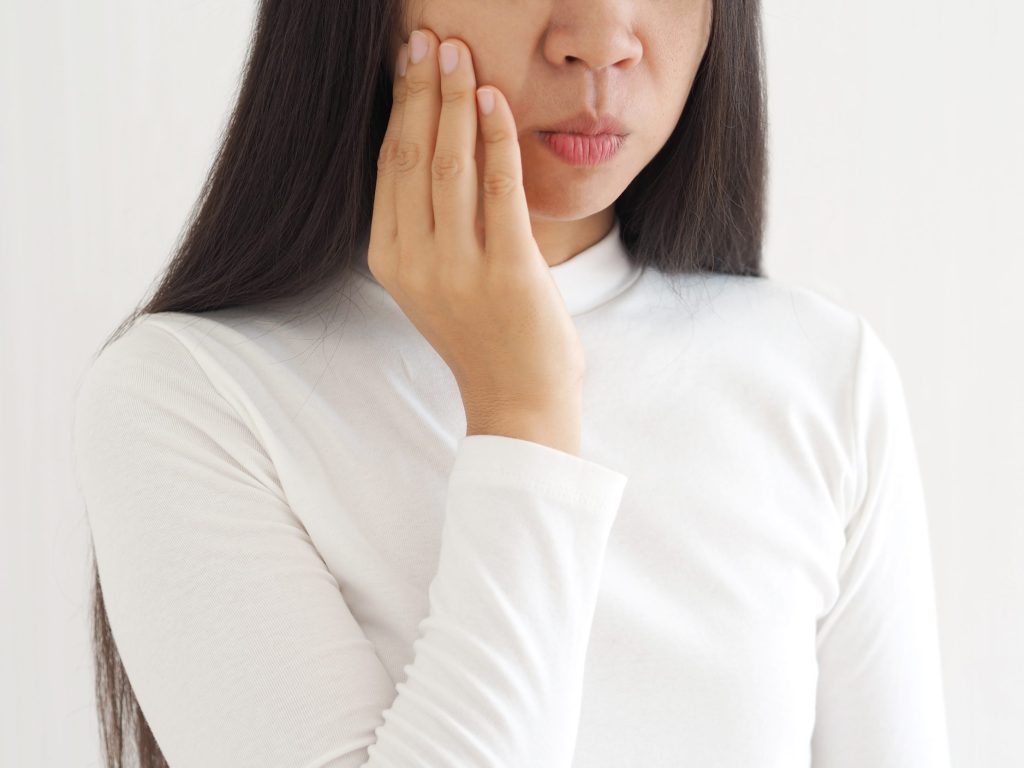Temporomandibular Joint Disorder (TMD) is a condition that affects many people but often goes undiagnosed. TMD can cause pain and discomfort in the jaw joint and surrounding muscles, making it difficult to eat, speak, and even sleep. In this blog post, we will explore what TMD is and its causes. We will also discuss the symptoms of TMD, how it’s diagnosed, and various treatment options available for those who suffer from this disorder. From non-surgical treatments like medication and intraoral appliances to complementary therapies like acupuncture and massage therapy, we’ll cover all the options to help you make an informed decision about your treatment plan. We will also delve into surgical treatments like occlusal treatments, prolotherapy, arthroscopy, and surgery. So if you or someone you know is experiencing TMD-related pain or discomfort, keep reading to discover the best treatment options available to you.
What is Temporomandibular Joint Disorder?
TMD or Temporomandibular Joint Disorder is caused by damage or inflammation to the TMJ, which connects the jaw and skull. Symptoms include jaw pain, difficulty opening/closing the mouth, clicking sounds, and headaches. Causes range from stress to jaw injury. Diagnosis and treatment are essential for symptom management and improving the quality of life.
Nonsurgical Treatments
To manage TMJ disorder, an active lifestyle is important but may not be enough. Non-surgical treatments like OTC pain relievers, muscle relaxants, and physical therapy can help alleviate symptoms. Mouthguards or splints can reduce teeth grinding and clenching. Seek professional medical advice to determine the best course of action.
Medications
Medications are an effective treatment option for TMJ. NSAIDs reduce pain and inflammation, muscle relaxants relieve tension and spasms, and antidepressants help with chronic pain. Corticosteroid injections provide relief for severe pain and inflammation, while Botox injections relax muscles in the jaw area. Consultation with a healthcare professional is necessary to determine the best-suited medication for individual cases.
Physical Therapy
Physical therapy can relieve and improve jaw function for individuals with TMJ disorder. Working with a physical therapist is critical to receiving personalized treatment plans that address unique symptoms. Treatments may include exercises, stretches, and manual therapy techniques. Additionally, physical therapy can identify underlying causes of TMJ disorder and address them accordingly.
Self-Management and Behavioral Health Approaches
For managing TMJ symptoms, self-care techniques and behavioral health approaches are effective. Stress-reducing techniques like meditation and deep breathing can alleviate jaw muscle tension, leading to reduced pain and improved function. Cognitive-behavioral therapy can also help identify negative thought patterns that contribute to TMJ disorder for long-term symptom relief.
Intraoral Appliances
Custom-made intraoral appliances, such as splints and mouthguards, can effectively manage TMD symptoms. Splints realign the jaw and reduce muscle tension while mouthguards prevent teeth grinding and clenching. It’s crucial to work with a qualified healthcare provider to determine the best type of appliance for your specific case to reduce TMD symptoms.
Surgery and Other Medical & Dental Procedures
In severe cases where other treatments have failed to provide relief, surgery may be considered as an option for treating Temporomandibular Joint Disorder. This is usually the last resort and reserved for those who experience significant pain and limitations in jaw movement. Some surgical options may include arthroplasty, total joint replacement, or joint restructuring. It’s important to discuss the risks and benefits of each procedure with a healthcare professional before making a decision. Additionally, dental procedures such as orthodontic treatment or bite adjustment may also help alleviate TMJ disorder symptoms.
Occlusal Treatments
Occlusal treatments provide relief from TMD-related pain and discomfort. Custom-fitted occlusal splints can improve jaw alignment and reduce muscle tension. Healthcare professionals may recommend occlusal adjustments like reshaping teeth or dental restorations. Consult a specialist to determine the best treatment for your specific needs.
Prolotherapy
Prolotherapy is a non-surgical option to treat TMJ disorder. It involves injecting a dextrose solution to stimulate tissue growth and reduce pain. Along with other treatments, prolotherapy can be effective in improving jaw function. Consult with a healthcare professional to determine if it’s right for you.
Arthroscopy
Arthroscopy is a minimally invasive surgical procedure that can diagnose and treat TMJ disorders effectively. The method involves inserting a small camera and instruments into the joint to remove damaged tissue or realign the joint. Compared to traditional open-joint surgery, arthroscopy has a shorter recovery time and can be performed under local anesthesia. It has a high success rate in treating symptoms like pain, clicking, and restricted jaw movement, making it an excellent option for patients looking for quick relief from their TMJ disorder symptoms.
Surgery
While surgery is typically considered a last resort for treating temporomandibular joint disorder (TMD), there are cases where it may be necessary. The most common type of surgery for TMD is arthroscopy, which involves inserting a small camera into the joint to diagnose and treat problems. In some cases, more invasive open-joint surgery may be necessary. However, it’s important to note that surgery for TMD carries risks and potential complications, so it should only be considered after other treatments have been tried and proven ineffective. It’s best to consult with your healthcare provider to determine if surgery is the right option for you.
Conclusion
Temporomandibular Joint Disorder (TMJ) can be debilitating if left untreated. It affects not only the jaw but also surrounding muscles, nerves, and ligaments. The first step to finding relief is understanding what causes it and how to diagnose it. From there, you can explore a range of treatment options, from nonsurgical methods like medication and intraoral appliances to more invasive procedures such as surgery. Regardless of which route you choose, it’s essential to work with a qualified healthcare professional who specializes in TMJ disorders to ensure the best possible outcome. If you are experiencing any symptoms, don’t wait for it to get worse. Seek help now and learn more about the available treatment options by contacting us at Norther Colorado Prosthetic Dentistry.






